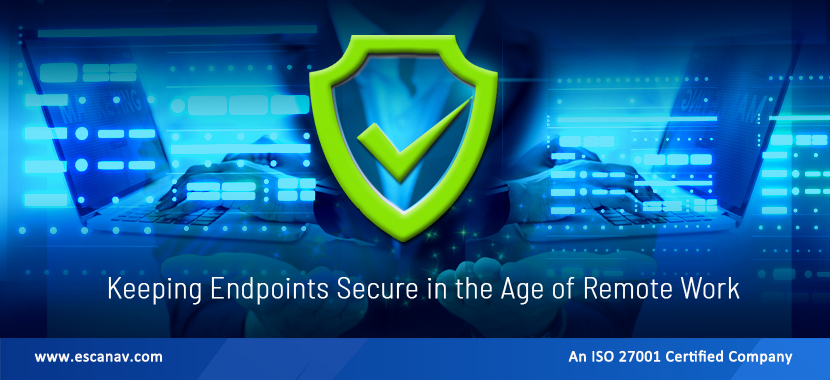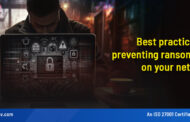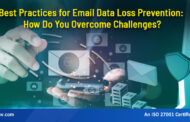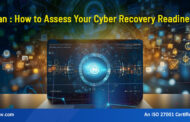Those days are long gone when remote working was the domain of sales teams and field agents! Almost every company is now offering some form of remote working as a consequence of the pandemic. Even though organizations worldwide have been able to sustain their business operations and maintain the status quo as nationwide lockdowns, contact restrictions, and COVID-19 cases have snowballed, this new business model has also made them vulnerable to hackers.
Enterprise perimeters are no longer restricted to office networks
Since ancient times, organizations’ enterprise perimeter has been limited to their physical network: employees had to commute to their office spaces and use business tools and applications to accomplish their tasks. A smaller number of employees were on the move; they were mostly sales agents and maintenance contractors; the rest worked in offices – the engineering team, the accounts department, or the HR department.
This enabled security professionals to implement policies and controls easily because the security perimeter was restricted to the enterprise network or intranet. Maintaining the required levels of security was easier with fewer devices and endpoints to secure and monitor. As the hybrid model gains traction, however, the security paradigm undergoes a transformation.
Today, almost all applications are moving to the cloud, employees work remotely, in different time zones, and use a combination of personal devices, enterprise tools, and public networks to access corporate information. In the modern enterprise, a static perimeter is slowly disappearing, as employees use all kinds of devices and broadband networks, unsure of what connection they are using or how they are connecting to the company network.
When communication happens over the internet or cloud, the scope of the security team’s responsibilities has suddenly widened, unlike previously, where security agents could monitor a couple of machines and networks. Due to the increasing use of personal devices for professional purposes, security policies and practices need to be reexamined and even revamped, if necessary, in order to cope more effectively with the newer threats and attack vectors that have become commonplace in the business world.
Security and data protection must be approached in a new way
It is imperative that organizations adapt their endpoint security practices to this era of remote working, given the sudden and widespread proliferation of devices, networks, and connections.
Here are some things security teams can do to have a better understanding and control of what devices and applications are being used, over what networks, and for what purposes:
Start with zero-trust: It’s important to adopt zero-trust strategies in this digital era of remote work. Instead of making everything accessible to everyone and then putting restrictions in place, begin by establishing a zero-trust strategy, then begin granting access to the right people. Adapting to the complexity of the hybrid work environment and protecting people, data, and endpoints more effectively can be accomplished by explicitly verifying every identity, location, and endpoint, using the least privileged access, and assuming breaches.
Ensure strong authentication and authorization: In addition to implementing a zero-trust strategy, you must ensure strong authentication and authorization. Identity and access management (IAM) involves verifying that users are who they claim to be and then giving them access to data or assets. Employees should be educated on strong passwords and multifactor authentication tools should also be invested in to increase security beyond passwords. The user identity must then be authenticated before permission can be granted (or denied) to access the network, data, or asset.
Carry out continuous monitoring: Endpoint security in the age of remote working also involves monitoring networks, endpoints, and access mechanisms continuously. Detecting and defending against modern security loopholes and advanced threats is easier when monitoring devices constantly accessing corporate information from new networks and from new locations. The course also equips them to think from the perspective of attackers so that they can better understand the sophisticated Techniques, Tactics, and Procedures (TTPs) used to invade today’s endpoints.
Adapting effective security strategies and leveraging endpoint security solutions that can respond to security outbreaks with optimum turnaround time has become extremely important as operating models transition to hybrid models. Taking a zero-trust approach, ensuring strong authentication and authorization, and continuously monitoring security can strengthen the security posture of your organization and ensure the highest level of enterprise security.
We at eScan have a team of highly qualified endpoint specialists who are knowledgeable about security issues plaguing organizations today and can develop solutions focused on Enterprise Security. Having an in-depth understanding of endpoint security makes us a valuable partner in designing and developing security products, so that you can maintain the level of security that your industry requires and that your customers and employees have become accustomed to.







